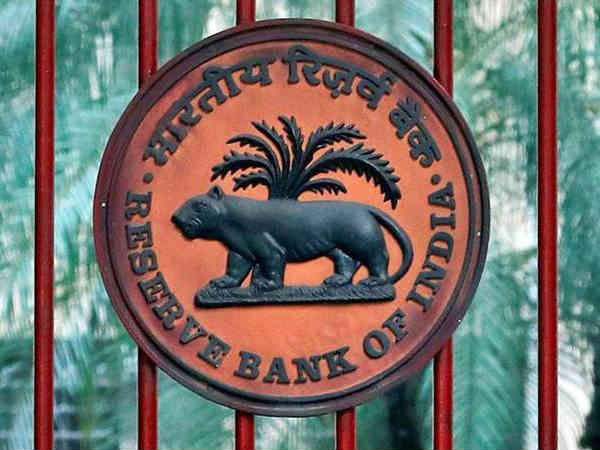NBFC Stressed Assets May Hit Rs 1.5-1.8 lakh Crore By Fiscal-end
Stressed assets of non-banking financial companies (NBFCs) are expected to reach Rs 1.5-1.8 lakh crore, or 6.0-7.5% of the assets under management (AUM), by the end of the current fiscal, CRISIL has stated in a release.
According to the same, the one-time Covid-19 restructuring window, and the micro, small and medium enterprises (MSME) restructuring scheme offered by the Reserve Bank of India (RBI) will limit the reported gross non-performing assets (GNPA), though.
"Unlike previous crises, the current challenges on account of the pandemic impacted almost all NBFC asset segments. Operations were curbed the most in the April-June quarter, when disbursements and collections were severely affected by the hard-braking of economic activity.

Collection efficiency has improved since then, but it's still some way off pre-pandemic levels in the MSME, unsecured and wholesale segments, given the volatility in underlying borrower cash flows.
But some NBFCs have curtailed the impact on asset quality via better risk management and collection processes," the release has stated.
Says Krishnan Sitaraman, Senior Director, CRISIL Ratings, "This fiscal has bought unprecedented challenges to the fore for NBFCs. Collection efficiencies, after deteriorating sharply, have now improved, but are still not at pre-pandemic levels. There is a marked increase in overdues across certain segments and players. Nevertheless, gold loans and home loans should stay resilient, with the least impact among segments."
Alongside wholesale loans (dominated by real estate and structured credit), vehicle finance, MSME finance and unsecured loans have been in spotlight this year due to a rise in stressed assets.
"For vehicle finance, however, we expect the impact to be transitory, and collection efficiencies to continue improving over the next few quarters as economic activity improves. The light commercial vehicle segment has seen collection efficiency steadily rising, while the medium and heavy commercial vehicles segment is lagging. The stress in this portfolio is likely to be driven by segments such as tourist bus, school bus and commercial car loans," CRISIL has stated.
Says Rahul Malik, Associate Director, CRISIL Ratings, "How NBFCs approach restructuring will differ by asset class and segment. While the traditional ones such as home loans have seen sub-1% restructuring, for unsecured loans it is substantially higher at 6-8% on average, and for vehicle loans 3-5%. A good proportion of real estate and structured credit is also expected to benefit from the RBI move to afford flexibility on Date of Commencement of Commercial Operations, so recast under the Covid-19 scheme could be limited."
NBFCs have managed asset-quality challenges in the past and their experiences will be useful in navigating the current milieu. For instance, many NBFCs have reoriented their collection infrastructure and are using technology more centrally, which has improved their collection efficiencies.
Many have also raised capital and increased provisioning to build stress-absorption capacity. Such steps will help limit the impact of asset quality challenges on NBFCs' balance sheets in the days to come.
































